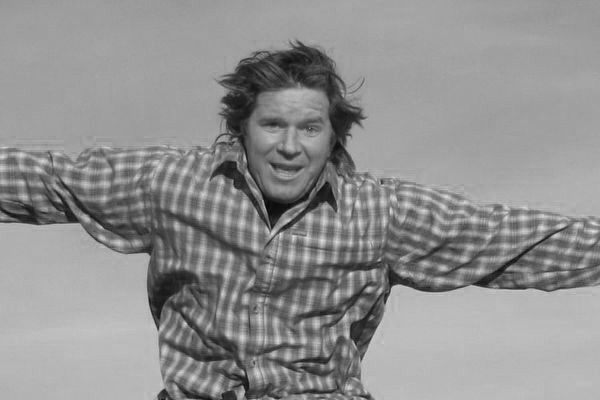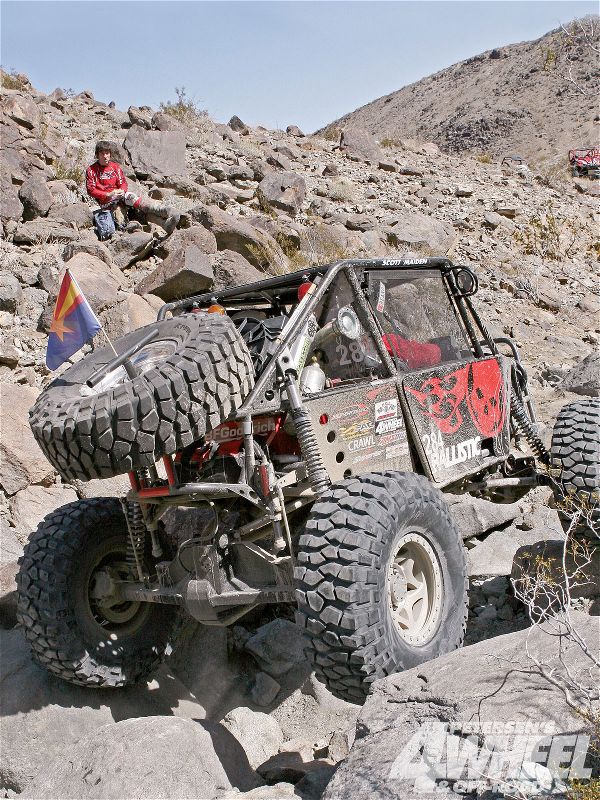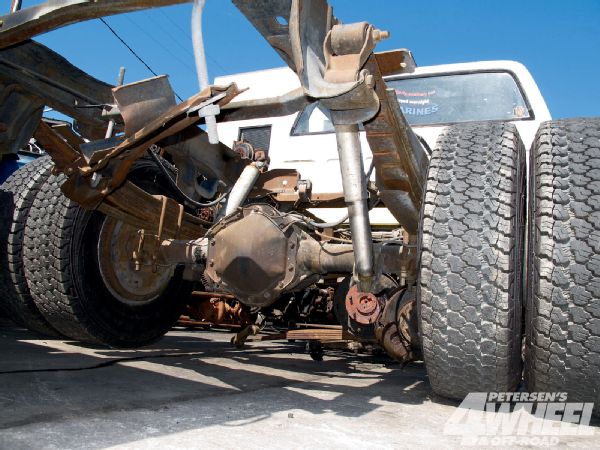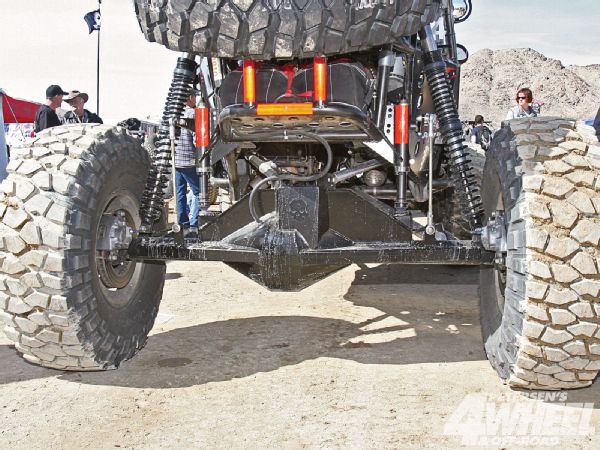
 Fred Williams
Brand Manager, Petersen’s 4Wheel & Off Road
Fred Williams
Brand Manager, Petersen’s 4Wheel & Off Road
The Super 14 is a new suit for the good ol' GM Corporate 14-bolt axle. The GM 14-bolt is a great rear axle because it is strong, has many gear ratios, and has various types of lockers and limited slip differentials available. In addition, used 14-bolts are often dirt-cheap, making them a great low-buck upgrade for big tires on your trail rig.

Of course there is a price to pay for all these benefits. For one, it is heavy, and less weight is almost always a good idea for a trail rig. Also, the 14-bolt's ground clearance isn't great, as the centersection has a low-hanging lip. The Super 14 addresses both these issues and turns your heavy 1-ton axle into a sleek go-fast race rearend.
 The Corporate 14-bolt is found in many different General Motors 3/4- and 1-ton trucks and vans. 14-bolts have a Gross Axle Weight Rating (GAWR) of 5,700 to 7,500 pounds depending on application, and they use a 101/2-inch ring gear with 11/2-inch 30-spline axleshafts. Though a light-duty semifloat 14-bolt with a smaller ring gear is found in some light-duty 3/4-tons, we are concentrating on the full-float version found in the heavy-duty trucks.
The Corporate 14-bolt is found in many different General Motors 3/4- and 1-ton trucks and vans. 14-bolts have a Gross Axle Weight Rating (GAWR) of 5,700 to 7,500 pounds depending on application, and they use a 101/2-inch ring gear with 11/2-inch 30-spline axleshafts. Though a light-duty semifloat 14-bolt with a smaller ring gear is found in some light-duty 3/4-tons, we are concentrating on the full-float version found in the heavy-duty trucks.
We went through the steps to make a dirty junkyard 14-bolt into a lighter, leaner Super 14 at Superior Axle & Gear. There are many options to build a Super 14, with hi-zoot shafts, special lockers, and TIG-welded chromoly housings, but our plan was taking off-the-shelf parts and seeing what we could gain (or lose) by going from a used Corporate to the Super 14.
Is It Worth It?
The Super 14 can save you between 32 and 97 pounds from a basic Corporate 14-bolt. There are also lighter-weight brake and hub options. But weight savings isn't the only plus for the Super 14; ground clearance also surpasses the Corp. version by 13/8 inches of smooth bottom ground clearance. Plus, the fabricated steel housing is much more versatile for welding axle trusses and link mounts to versus the cast centersection of a Corporate 14. However, the low pinion gearing of a 14-bolt still applies, but with this much axle 40-inch tires are easily in your future. Superior is selling a builder kit for approximately $1,950 with housing and third member. It is up to you to decide if the price is worth the benefits. We think if you're looking for a lighter, faster rearend then it definitely is.
 PhotosView Slideshow
PhotosView Slideshow


 PhotosView Slideshow
PhotosView Slideshow


 PhotosView Slideshow
PhotosView Slideshow


 PhotosView Slideshow
PhotosView Slideshow

